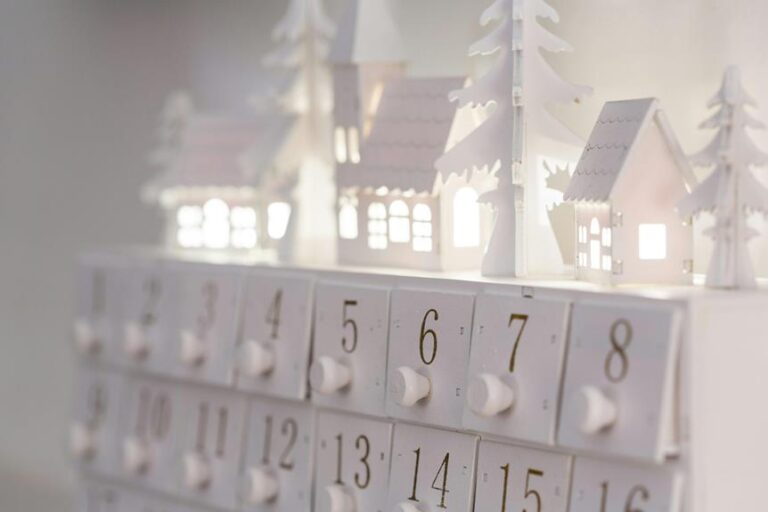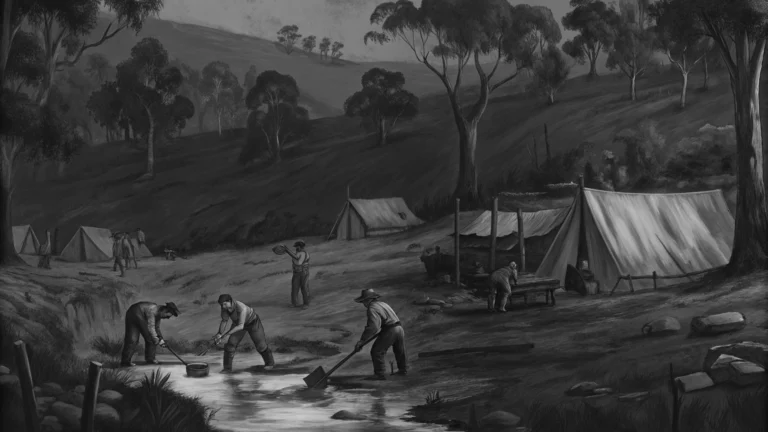How Long Do Real Christmas Trees Last
Opting for a real Christmas tree can bring a touch of tradition and authenticity to your holiday decor, but you're probably wondering how long it'll last. With proper care, you can enjoy your tree for around 4-5 weeks before it starts to show signs of drying out. To maximize its lifespan, select species known for needle retention, like Fraser Fir, Concolor Fir, or Douglas Fir. Healthy trees can thrive with proper setup and ongoing care, including daily watering and keeping them away from heat sources. With these basics in place, you'll be well on your way to a beautifully festive tree that lasts throughout the season.
Choosing the Right Christmas Tree
When it comes to choosing the right Christmas tree, you'll want to select a healthy one to guarantee it lasts throughout the holiday season.
To achieve this, consider tree species known for excellent needle retention, such as Fraser Fir, Concolor Fir, Douglas Fir, and White Pine. These species can last 4-5 weeks with proper care.
When inspecting potential trees, look for freshness indicators like soft, pliable branches, even color, and a fresh, fragrant scent. Avoid trees with brittle needles or drooping branches, as these are signs of decline.
A fresh-cut tree can maintain its freshness, so check the tree's condition and consider making a fresh cut of 0.5-1 inch from the trunk before placing it in water.
Transporting and Setting Up
You've chosen a healthy Christmas tree known for its excellent needle retention – now it's time to get it home safely.
When transporting your fresh-cut tree, use tree netting or blankets to protect it from rough handling that can cause premature needle drop.
Store the tree in water and ideally in a shaded area before bringing it indoors to guarantee hydration.
Before placing the tree in the stand, make a fresh cut of 0.5-1 inch from the base to enhance water uptake.
Confirm the tree is securely placed in the stand for stability. This helps maintain its appearance and longevity.
Ongoing Tree Care Essentials
Most fresh-cut Christmas trees can thrive for 4-5 weeks with proper ongoing care. To achieve this, you'll need to focus on effective watering techniques and moisture retention.
| Tree Care Tips | Benefits |
|---|---|
| Water your tree daily, especially during the first two weeks | Maintains hydration, supports longevity |
| Monitor water levels to guarantee the bowl covers most of the tree base | Prevents dryness, reduces needle drop |
| Apply Wilt-Stop spray to retain moisture and maintain color | Enhances tree freshness, appearance |
| Keep your tree away from heat sources | Prevents drying out, maintains tree health |
| Check for needle drop, a critical indicator of tree dryness | Allows for prompt action, prolongs tree freshness |
Are Real Christmas Trees and Live Trees the Same Thing?
Yes, real Christmas trees and live trees are the same thing. Both refer to natural coniferous trees that are cut down and decorated for the holiday season. There is nothing like the smell of a fresh Tree Last for Christmas to really bring the festive spirit into your home.
Does Hanging Christmas Lights Affect the Lifespan of a Real Christmas Tree?
Yes, hanging Christmas Lights can affect the lifespan of a real Christmas tree. The heat generated by the lights can cause the tree to dry out faster, leading to needle shedding and a shorter lifespan. To mitigate this, use LED Christmas lights, which emit less heat and are more energy-efficient.
Managing Pests and Insects
Pests and insects can be an unwelcome accompaniment to your real Christmas tree. To manage their presence, it's essential to engage in regular pest identification, inspecting your tree for signs of infestation, such as Adelgids, Aphids, or Bark beetles.
These insects may remain dormant until exposed to warmth, so monitoring your tree's health is vital. While most common pests are non-harmful, their presence can still be unsettling.
Praying Mantises, often found on Christmas trees, can actually help control other pest populations.
Effective insect treatments include using insecticidal soap or horticultural oils, which won't harm your tree's health or aesthetics.
Disposing of Your Tree
As your Christmas tree's freshness wanes, it's essential to know when to dispose of it. Signs that it's time to dispose of your tree include drooping branches and increased needle shedding, indicating it's drying out and losing freshness. Many municipalities offer curbside pick-up services for Christmas trees, making disposal convenient and environmentally friendly.
| Disposal Method | Benefits |
|---|---|
| Curbside pick-up | Convenient, supports tree recycling |
| Mulching | Enriches soil with nutrients from decomposed wood |
| Placing outdoors | Provides wildlife habitat, supports local ecosystems |
After the holiday season, consider repurposing your tree to provide winter shelter for wildlife or mulching it to benefit garden health. Position the disposed tree away from your house to avoid attracting unwanted pests indoors.







